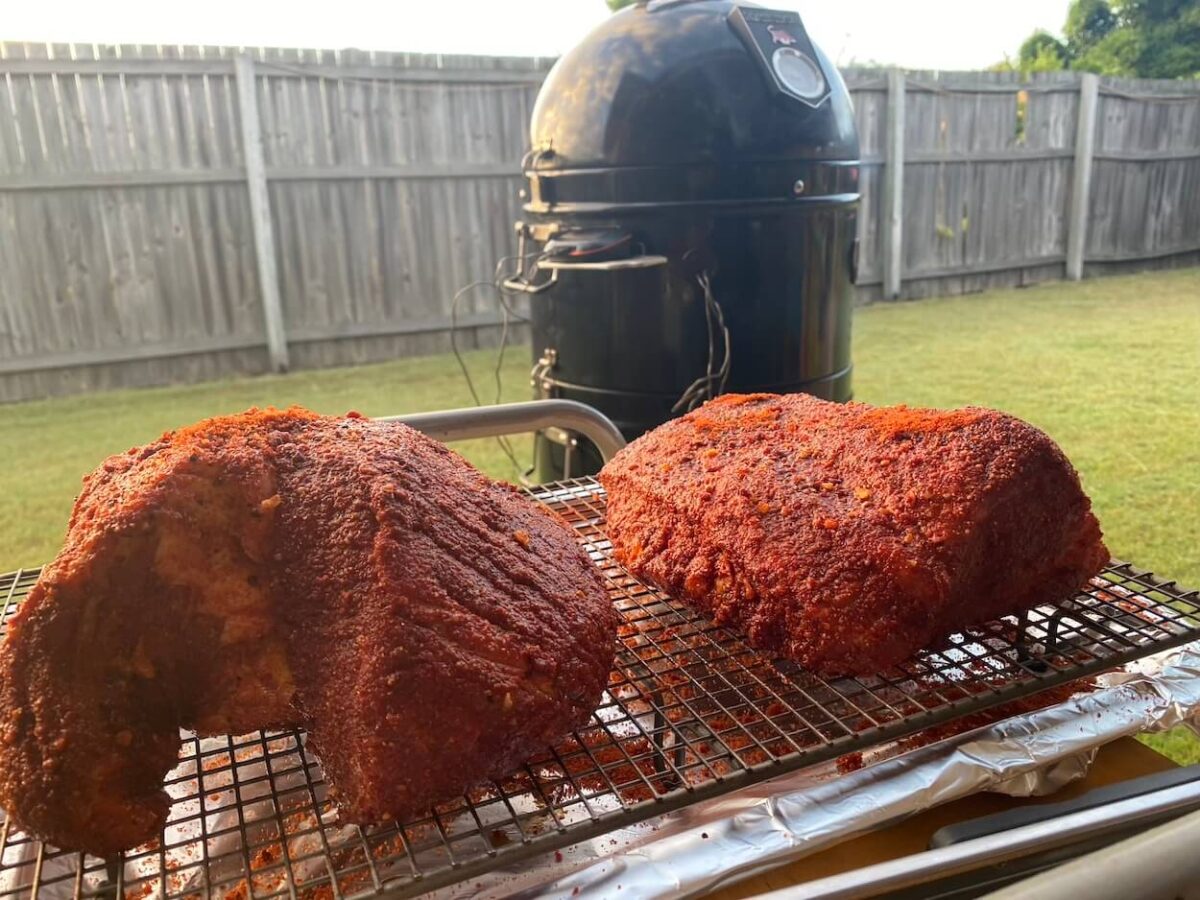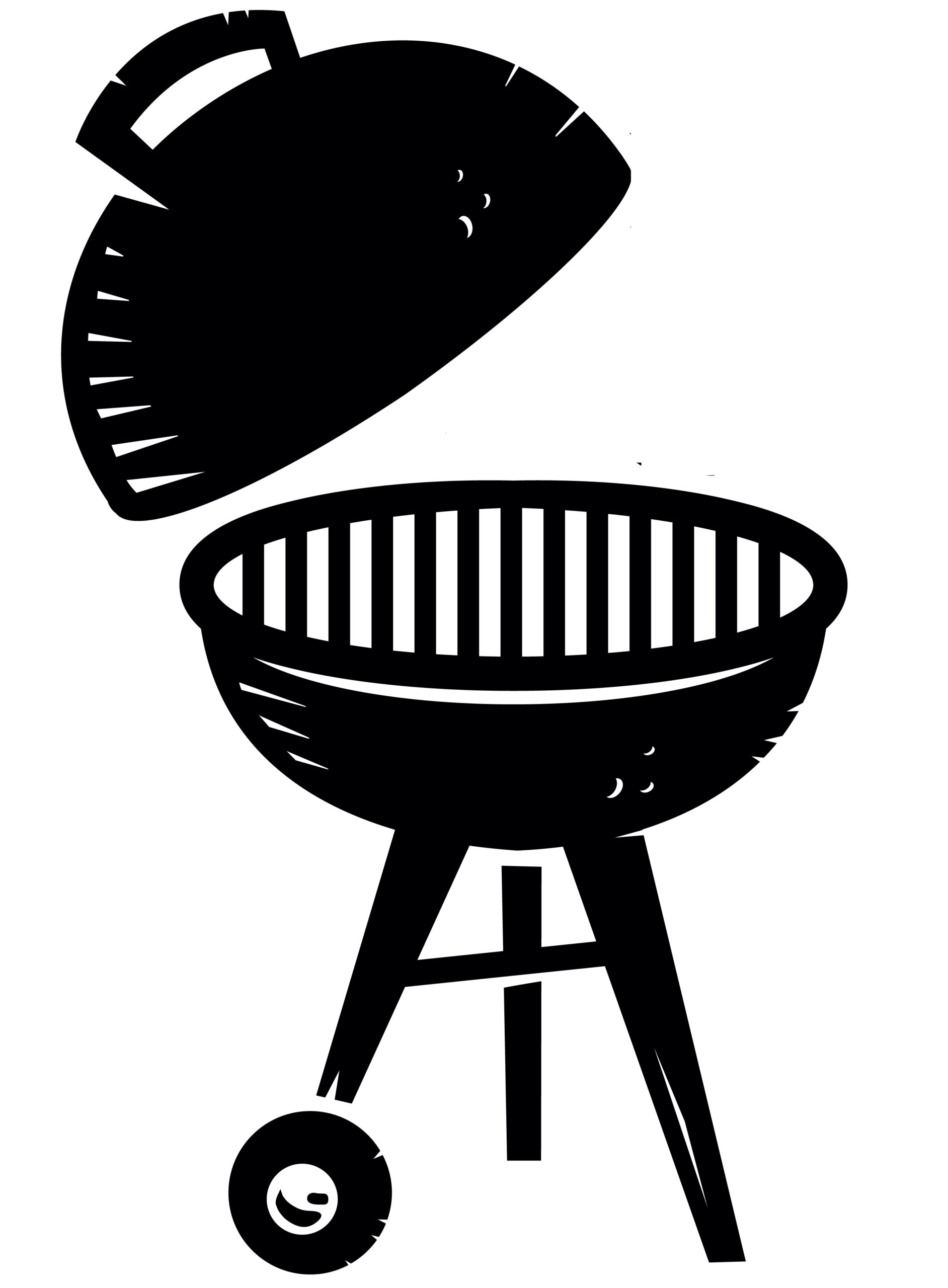Grilling has always been a staple for barbecue enthusiasts, yet there's a method gaining popularity that merges the best of grilling and slow cooking: barbecue braising. This approach intensifies flavors while ensuring meats remain juicy and tender. In this in-depth guide, we’ll explore the fundamentals of barbecue braising and share advanced tips to help you master this versatile technique.
Understanding Barbecue Braising
Barbecue braising is a two-step cooking process that combines high-temperature searing with slow-cooking in a flavorful liquid. This method bridges the gap between direct grilling, which may dry out tougher cuts, and traditional braising, which slowly tenderizes meat over low heat.
The process begins with searing the meat on the grill to lock in juices and develop a smoky, caramelized crust. Next, the meat is cooked slowly in a covered pan or foil pouch with a flavorful liquid, creating a succulent, melt-in-your-mouth texture ideal for cuts like pork shoulder, ribs, brisket, and even hearty vegetables.

Why Opt for Barbecue Braising Instead of Traditional Grilling?
While grilling provides high-heat, fast cooking, barbecue braising offers deep flavors and a tender, fall-apart texture. Here’s why barbecue braising deserves a spot in your BBQ repertoire:
- Perfect for Tough Cuts: Collagen-rich cuts like brisket and pork shoulder benefit greatly from the slow-cooking stage of braising.
- Enhanced Flavor Profiles: The liquid allows flavors to penetrate the meat, ranging from smoky and spicy to sweet and tangy.
- Moisture Lock: The liquid preserves the meat’s moisture, a stark contrast to the drying tendency of traditional grilling.
- Adaptable: Braising isn’t limited to meat—you can braise proteins and vegetables alike, making it versatile for various recipes.
Essential Ingredients for Successful Barbecue Braising
To achieve outstanding results with barbecue braising, select high-quality ingredients. Below are key components to consider for successful barbecue braising:
Meat Choices
While almost any cut can be braised, tougher cuts with connective tissue are ideal. Some popular options include:
- Brisket: Its dense texture benefits from low and slow cooking.
- Pork Shoulder: Rich in fat and collagen, it becomes incredibly tender with braising.
- Short Ribs: These marbled cuts develop a bold, beefy flavor through braising.
- Chicken Thighs: With higher fat content, they stay juicy and absorb flavors well.
Braising Liquids
The liquid you choose plays a crucial role in the final flavor. Top choices include:
- Beer or Ale: Adds depth and a slight bitterness, great with pork or beef.
- Wine: Red for beef, white for chicken, both of which enhance richness.
- Broth: Chicken, beef, or vegetable broth adds a savory backbone.
- Vinegar: Apple cider or balsamic adds acidity to balance fat.
- Barbecue Sauce: Adding BBQ sauce to the liquid brings sweet, tangy notes.
Aromatics and Seasonings
Enhance your braising liquid with aromatics and spices:
- Onions & Garlic: Universal base flavors.
- Herbs: Rosemary, thyme, and bay leaves for earthy depth.
- Spices: Paprika, cumin, black pepper, and chili flakes add warmth.
- Sweeteners: Brown sugar or molasses for caramelized sweetness.

Step-by-Step Guide to Barbecue Braising
Achieving perfect barbecue braising requires a balance of high-heat searing and low-temperature cooking. Here’s a step-by-step breakdown:
Step 1: Preheat and Sear the Meat
Start by heating your grill to a high temperature (around 400°F to 450°F). Sear the meat on all sides to create a crust, which locks in juices and adds a smoky flavor. This step typically takes 5-10 minutes, depending on the cut.
Step 2: Prepare the Braising Liquid
While searing, prepare your braising liquid in a heat-safe pan. Combine your chosen liquid (beer, broth, or wine) with aromatics, herbs, and spices, and bring it to a simmer, allowing flavors to meld.
Step 3: Begin the Braising Process
After searing, transfer the meat to a covered pan or foil pouch. Pour the braising liquid over the meat until it’s partially submerged. Cover tightly and move the pan to the cooler side of the grill for indirect heat.
Reduce the grill’s temperature to around 300°F and let the meat cook slowly. For larger cuts like brisket, this process can take 3-4 hours as the collagen breaks down, transforming the meat into tender perfection.
Step 4: Finish with Searing and Glaze
Once the meat is tender, remove it from the liquid and give it a final sear on direct heat for 5-7 minutes. Brush with barbecue sauce for a sticky, caramelized finish.
Step 5: Rest and Serve
Allow the meat to rest for 10-15 minutes before slicing or shredding. This resting period redistributes juices, enhancing both tenderness and flavor.
Advanced Techniques for Elevating Barbecue Braising
Although barbecue braising is simple, a few advanced techniques can further enhance your skills:
Double Braising for Intensity
To intensify flavors, braise the meat twice. After the initial braise, strain the liquid and reduce it to concentrate the flavors. Use this richer liquid for a second braise to maximize depth.
Smoke-Enhanced Braising
Add soaked wood chips (like hickory, mesquite, or applewood) to the grill after searing. This step enhances smoky flavors, creating a true barbecue essence during the braising stage.
Using BBQ Rubs
Before braising, apply a dry rub to the meat. A blend of salt, pepper, paprika, garlic powder, and brown sugar will infuse flavors throughout the cooking process.
Maintain Steady Temperature Control
To ensure even cooking, keep the grill temperature between 275°F and 300°F. A grill thermometer is essential; too high a temperature may dry out the meat, while too low can extend the cooking time unnecessarily.

Conclusion: Enhance Your BBQ Game with Braising
While braising has long been a chef’s secret, bringing it to the barbecue realm opens endless possibilities. By combining the seared flavor of grilling with the tenderizing effects of slow cooking, barbecue braising transforms tough cuts into melt-in-your-mouth dishes packed with flavor. Whether preparing for a backyard BBQ or aiming for competition-level results, barbecue braising can elevate your grilling skills to new heights.
